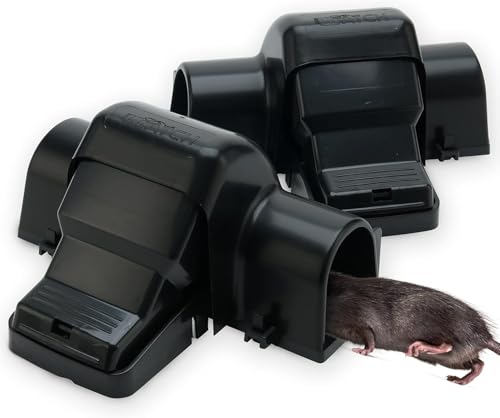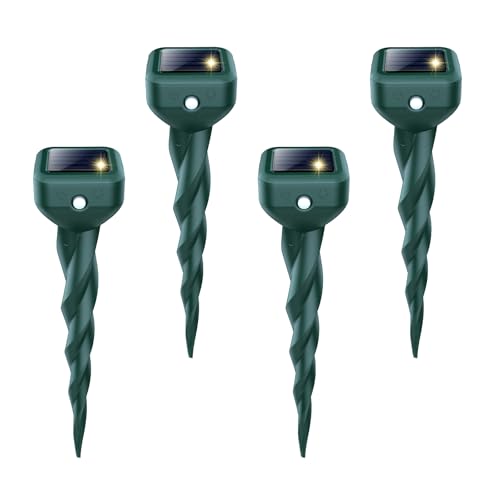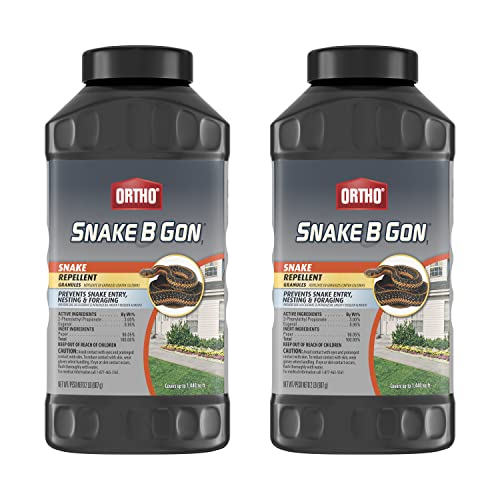Snakes in your yard? Here's what it says about your garden (plus experts reveal how to reduce serpent numbers)
Snakes sunbathing on a garden path can be a worrisome sight, but having them might not be all bad news
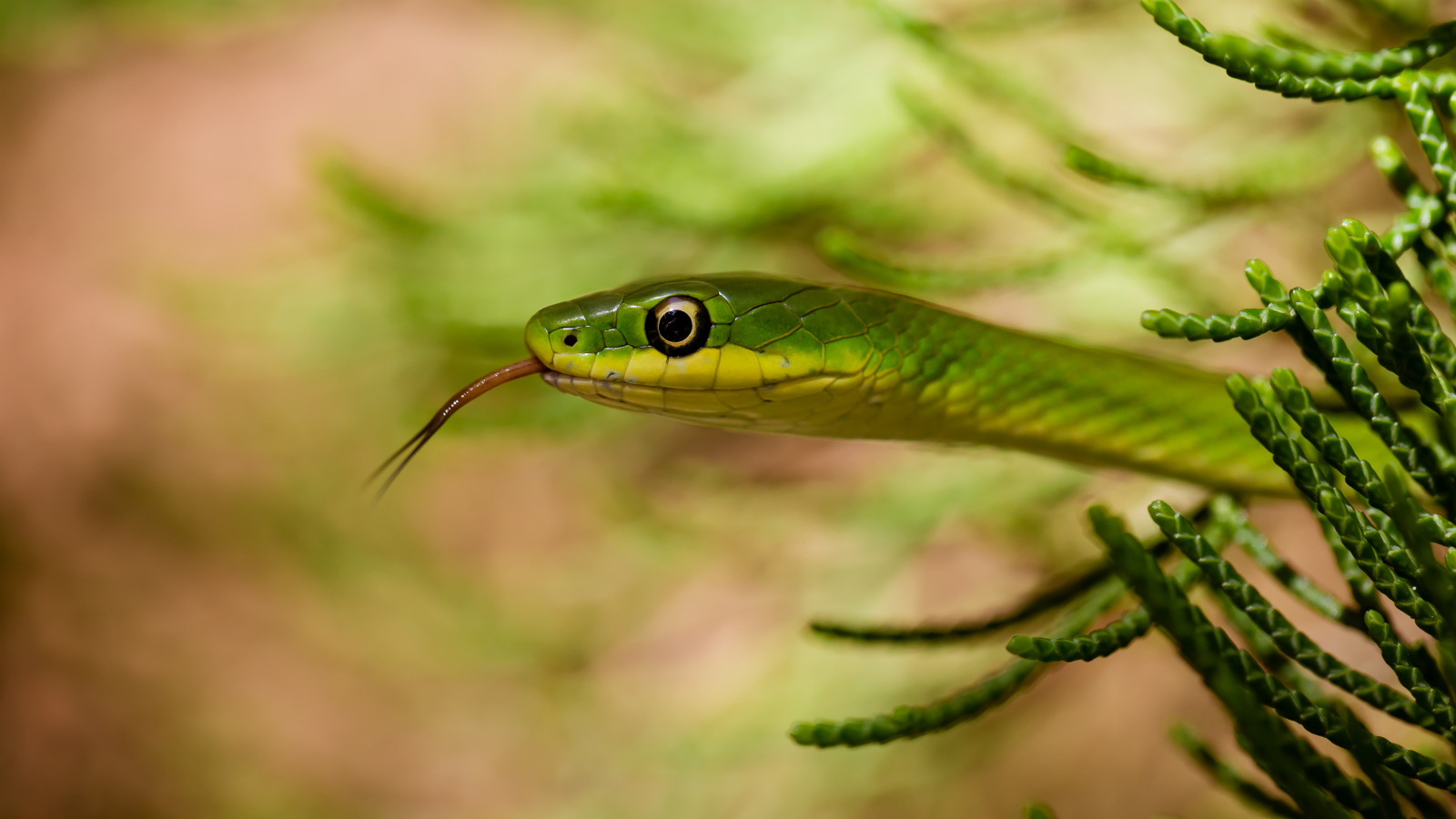

If you are anything like me, you might have a strange love-hate relationship with snakes. On spying one in the yard, you might scream, recoil and dash for the door (which is totally fine, of course), or you might find yourself edging closer, watching in awe at their unusual markings or coloration.
From the whispering serpent of Eden to folkloric tales warning us to mistrust these slippery creatures, we have all been conditioned to mistrust snakes. But, in the very ordinary setting of a backyard, the reality is often far more prosaic. Most are opportunists, arriving where food and shelter line up neatly. They don’t appear in sterile, barren yards – they appear where biodiversity is thriving.
And yes, if you’ve got children or dogs that nose about, seeing a snake sunning on the patio is bound to unsettle. But understanding why they’ve shown up can help you to control their numbers. So here’s the answer to 'why are there snakes in my yard?,' what it really means if snakes have taken a shine to your plot, and how to respond if they become yet another of your summer garden pests.
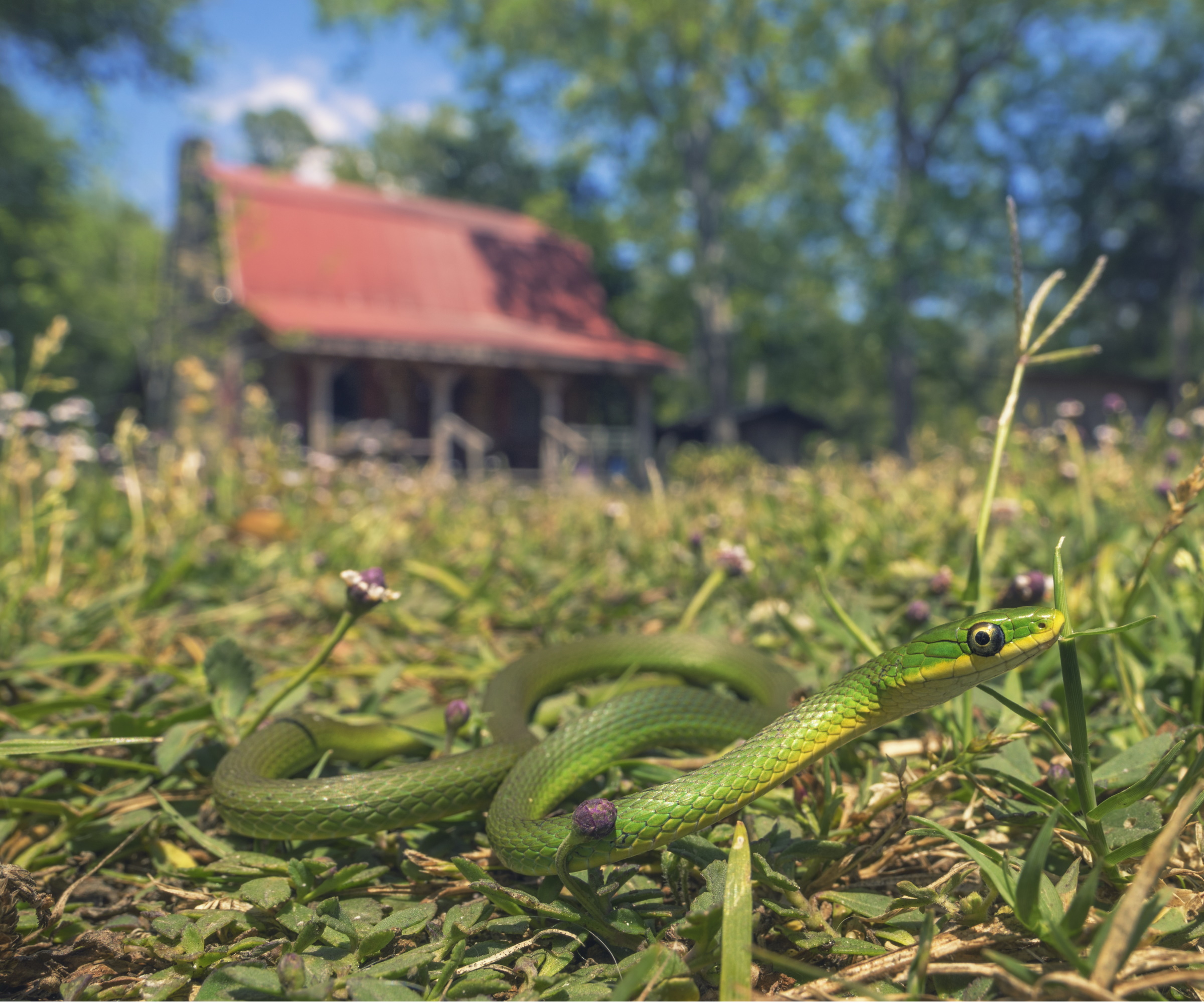
Why are there snakes in my yard?
In most regions and US hardiness zones, snakes can be found. Your backyard will be most attractive to them if it offers three things: food, water and shelter.
A sunny, expansive lawn might see the odd visitor, while a denser, shrubbier yard full of plants and insects will prove incredibly popular. In essence, the healthier and more biodiverse your garden, the more chance something scaly will slide on by.
Your yard has a thriving food web
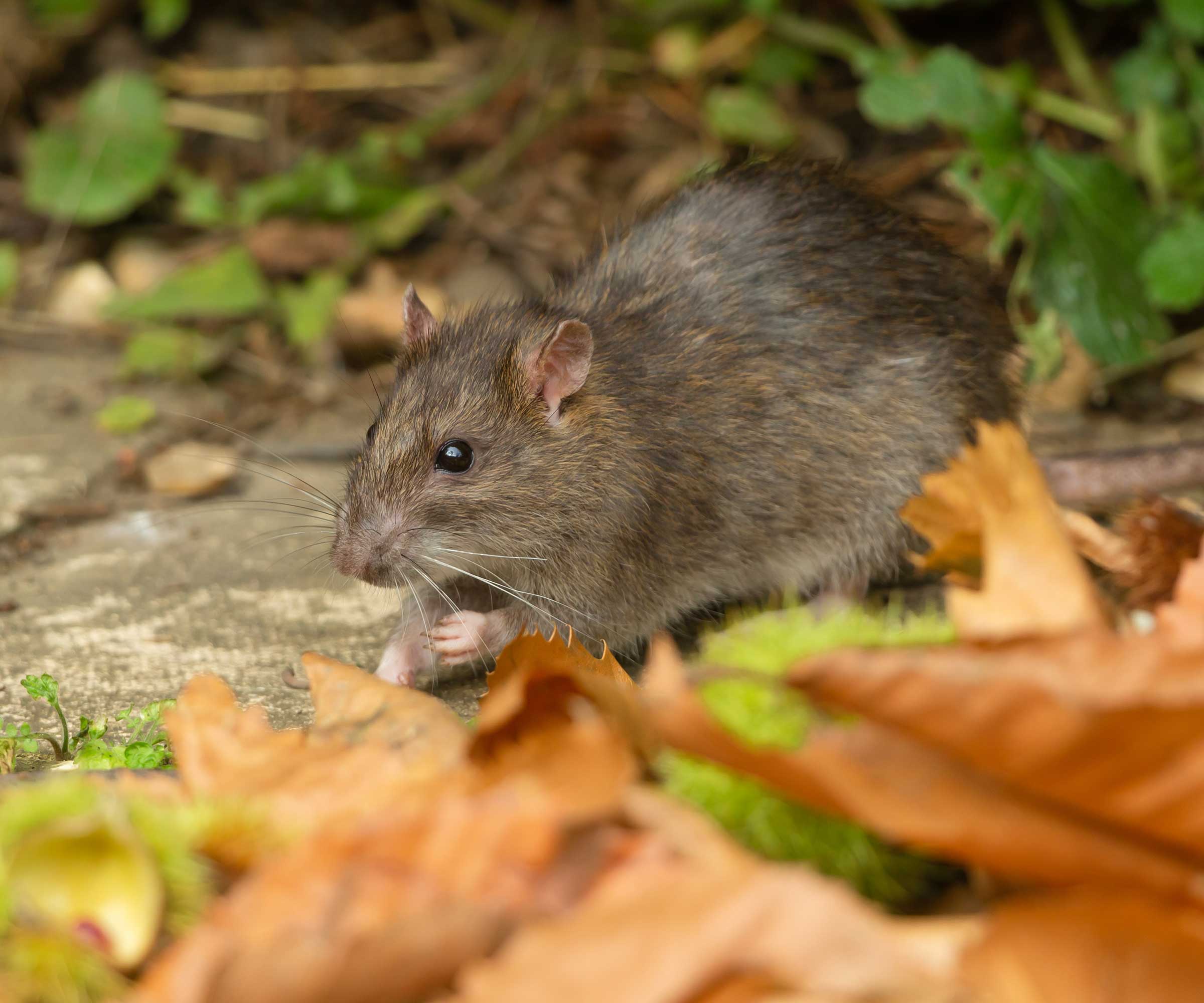
'The sole reason snakes are present in your yard is because of food,' says Reese Robbins, garden expert and creator of Just Pure Gardening.
'If these summer and spring garden pests are about your plot, it means they are being fed.
Design expertise in your inbox – from inspiring decorating ideas and beautiful celebrity homes to practical gardening advice and shopping round-ups.
'They’ll happily gorge on rodents, frogs, slugs, lizards and insects. Some species even eat other snakes,' Reese adds.
If you are intrigued by them, it is a good idea to set up wildlife cameras to monitor their movements. Try this highly rated VIDVIS wifi wildlife camera, available now via Amazon.
'Messy birdfeeders that scatter seed attract mice; pet food left outdoors draws rodents, which both in turn invite snakes.'
Put simply, then, it’s a chain. In some ways, their presence is nature’s stamp of approval that your yard isn’t lifeless concrete, but full of creatures both seen and unseen.

Reese L. Robbins is the founder of Just Pure Gardening, a site full of fruit and vegetable growing guides, garden ideas, and garden product reviews.
Natural pest control (the hidden perk)
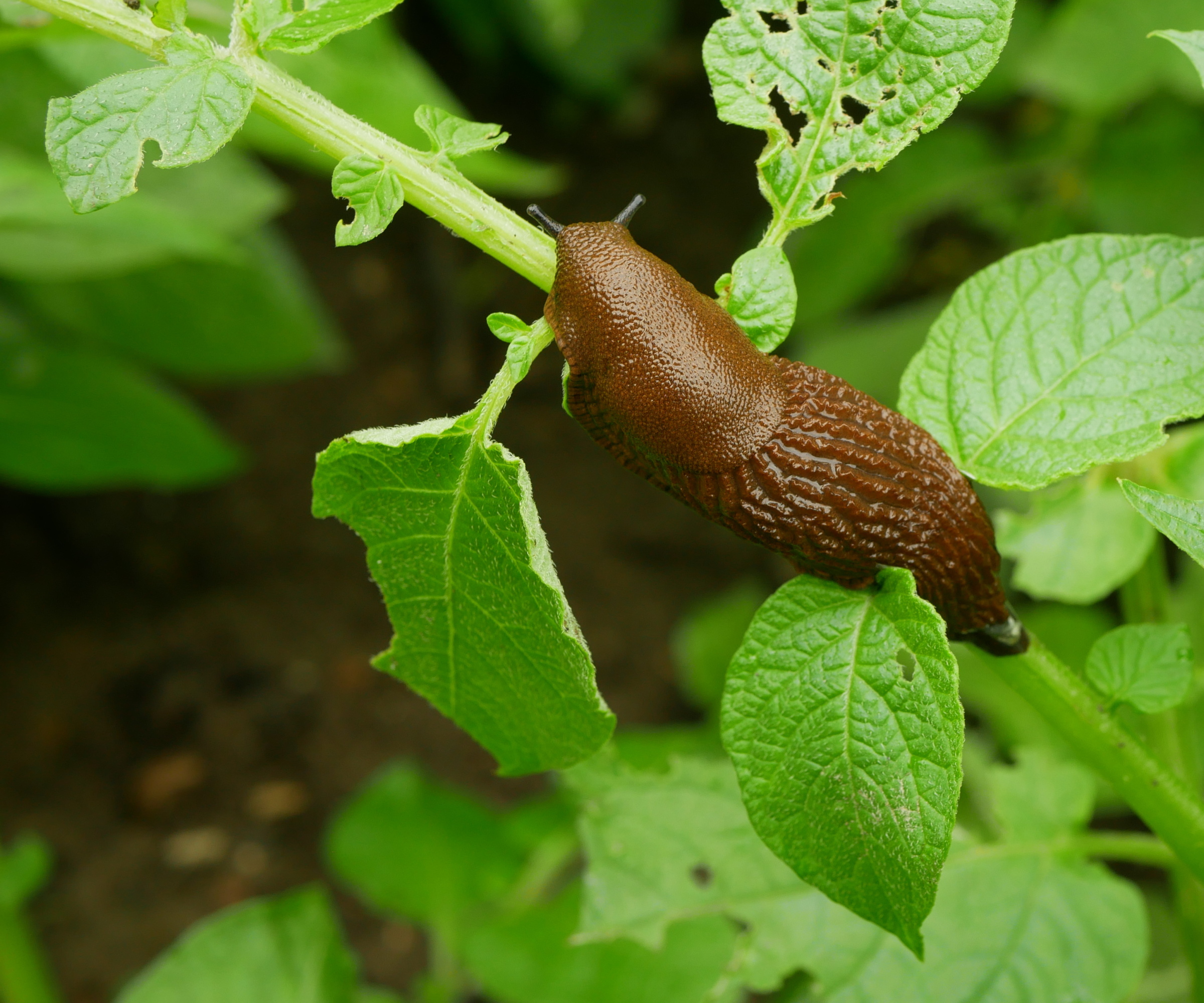
'One overlooked upside of having snakes is that they are one of the best natural pest control methods,' Reese says, 'taking on the job of unpaid backyard pest controllers.
'Garter snakes in particular hoover up slugs, saving your precious hostas and lettuces from ruin.
'King snakes will dispatch rodents and even other snakes, meaning there is less need for poison and fewer traps.'
If snakes reappear season after season, it means your ecosystem is ticking along nicely, albeit with a scaly guest you may or may not welcome.
But, look on the bright side, snakes are not pests that can destroy plants, and their threat, really, is not to your roses or peonies, but to living creatures in the yard.
Managing snakes in your yard
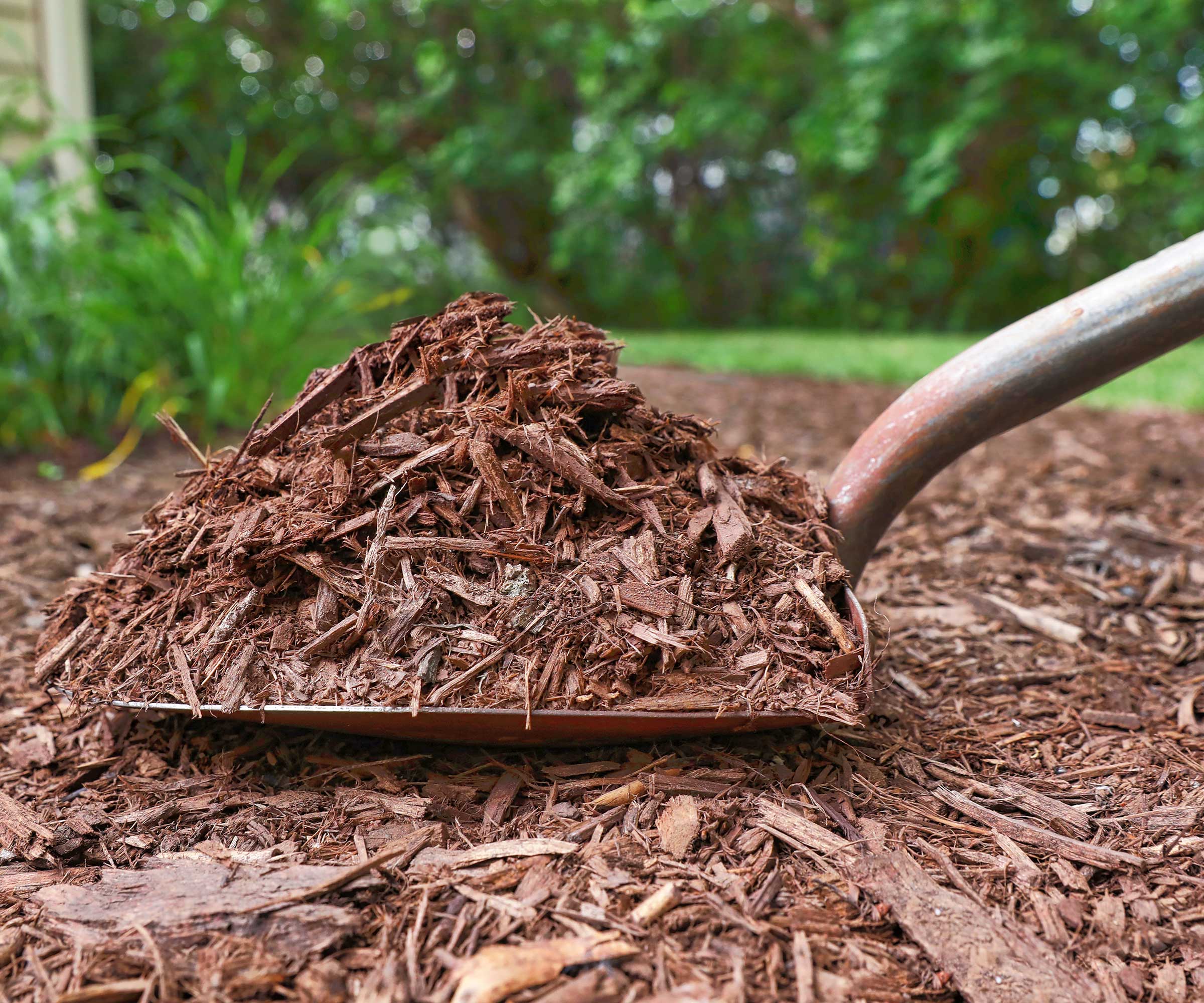
'If you want to reduce snake numbers in your yard, keep pet food indoors, stick with suet balls hanging in trees rather than messy bird seed that invites mice, and keep a check on rats near your trash cans,' Reese advises.
Suet balls for birds are available to order from Walmart.
'If you are also keeping chickens, make sure the pen is clean and tidy, and as secure as possible with dense wire fencing, too.'
In addition, snakes are drawn to wildlife garden ideas, viewing wood piles, rock walls, dense shrubs, even mulch or a pond edge, as the perfect hiding and hunting grounds.
'While snakes are a good sign of thriving biodiversity, you may want to adjust things if you prefer fewer reptiles, such as keeping your borders tidy, limiting habitat for them to thrive, and dealing with any rodent problems.
'Beyond that, snakes are really something we have to live with and learn to share our plots with.'
Now you know the answer to 'why are there snakes in my yard?', you can consider some repellent methods.
While there are different theories about the effectiveness of supposed snake repellent plants, many gardeners grow aromatic herbs and fragrant plants, believing that strong and bitter scents repel serpents.
I am not sure I believe that marigolds or rosemary will deter snakes, but it might be worth a shot, even if it only injects color and scent into your borders.
Shop pest equipment

Thomas is a Content Editor within the Gardens Team at Homes and Gardens. He has worked as a professional gardener for both public spaces and private estates, specializing in productive gardening, growing food and flowers. Trained in Horticulture at the Garden Museum, he has written on gardening and garden history for various publications, including The English Garden, Gardens Illustrated, Hortus, The London Gardener and Bloom. He has co-authored a Lonely Planet travel book, The Tree Atlas, due out in 2024.
You must confirm your public display name before commenting
Please logout and then login again, you will then be prompted to enter your display name.
